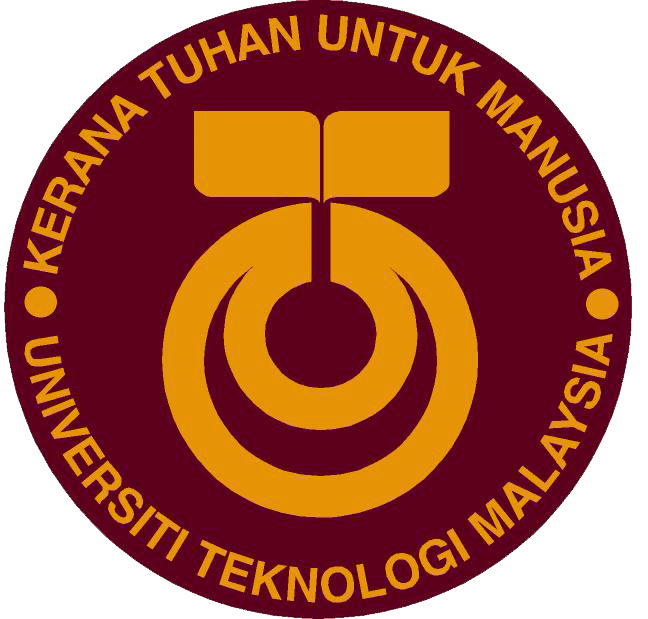From May 3 to 11, 2024, the vibrant cities of Tokyo and Osaka hosted a transformative educational experience under the program titled ‘Bridging Borders: UTM-OU Japan Culture and Bio-Discovery’ for students from Universiti Teknologi Malaysia (UTM). Under this initiative, organized by the UTM Society of Bioscience Students Club (Symbiosis), 12 enthusiastic students embarked on a journey to deepen international relations and cultural exchange while engaging in advanced biological research.
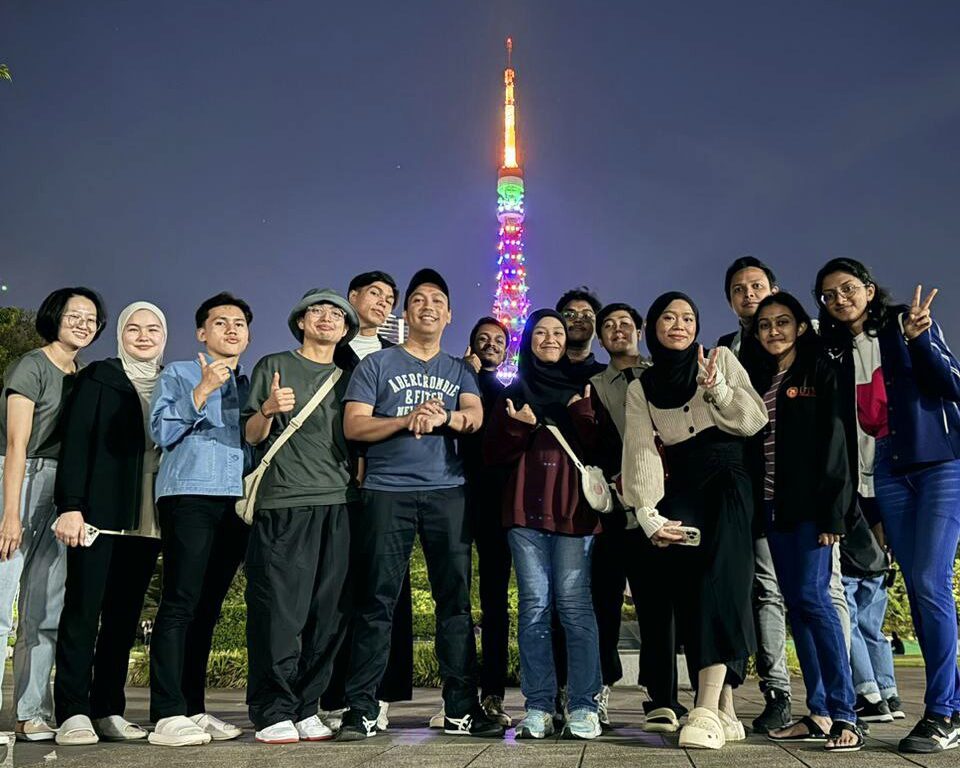
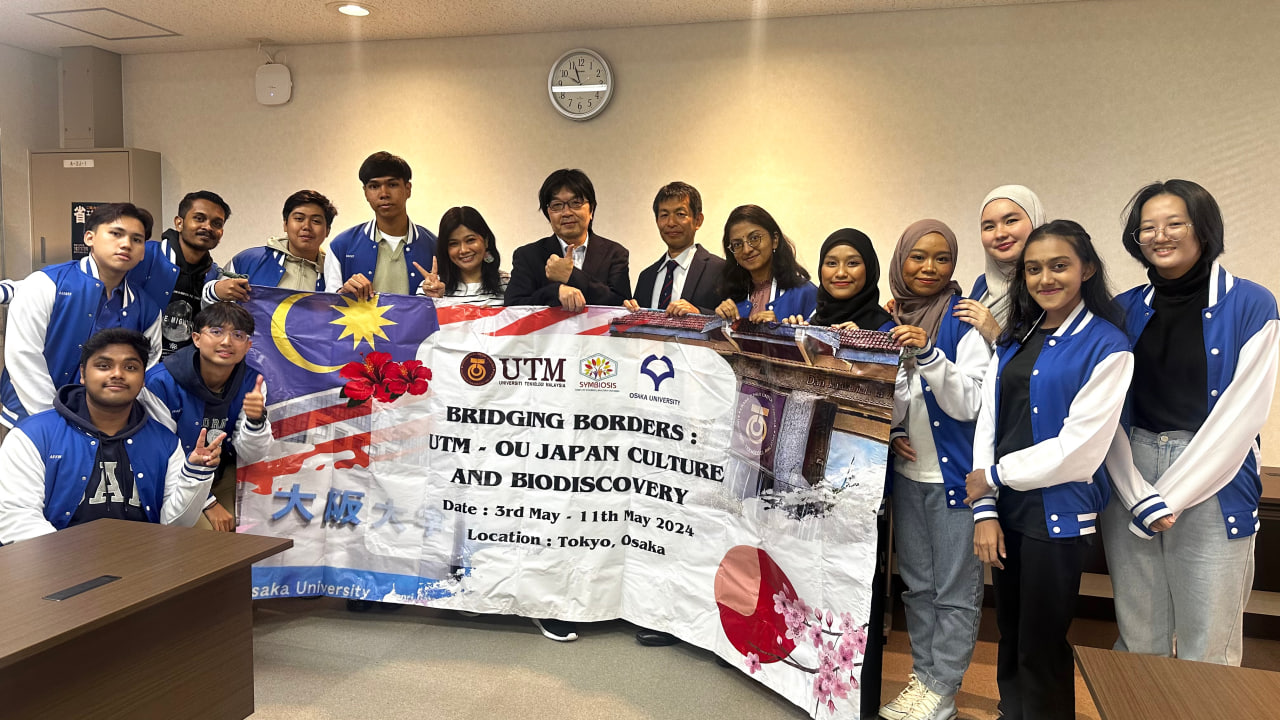
The program had a multi-faceted goal: to foster international collaboration with prestigious Japanese institutions through cultural and academic exchange while increasing UTM students’ involvement in international opportunities and expanding their global engagement. This unique program achieved this by combining the study of biology with scientific research while fostering cultural understanding between Malaysian and Japanese students. The framework of the program emphasized cross-sector collaboration (Government, College, Community, Industry – GUCI) aligned with the Sustainable Development Goals (SDGs) and upholding UTM’s values of Integrity, Synergy, Excellence and Sustainability (ISES).
The program provided an opportunity to explore the wonders of Japan and included visits to prestigious institutions in Tokyo and Osaka. Students had the opportunity to immerse themselves in public activities at museums, zoos and botanical gardens. The program focused on science, technology, engineering and mathematics (STEM), animal and plant physiology and biotechnology, deepening their understanding of these important fields.
The program offered the opportunity to explore the wonders of Japan and included visits to prestigious institutions in Tokyo and Osaka. Students had the opportunity to participate in public activities at museums, zoos and botanical gardens. The program focused on science, technology, engineering and mathematics (STEM), animal and plant physiology, and biotechnology, deepening their understanding of these important fields.
The first place they visited was the historic Tokyo Imperial Palace, located in the center of Tokyo and home to Japan’s imperial family from 1603 to 1867. The tour included beautiful landscapes, traditional Japanese gardens and the historic ruins of Edo Castle. Highlights included the Ninomaru Garden and the remains of the Tenshudai (foundation of the main tower) of Edo Castle. Information panels provided insights into the historical significance of the palace and the transition from the Edo period to the modern era. The visit offered a unique blend of historical education, cultural appreciation and natural beauty. The next visit was to the Meguro Parasitological Museum in central Tokyo. Founded in 1953 by Dr. Satoru Kamegai, this small museum is dedicated to parasites and parasitology and has two floors with an extensive collection of parasite specimens. The exhibits range from common to rare specimens, including a famous 8.8-meter-long tapeworm. This eye-opening visit offered a unique perspective on the world of parasites and their impact on humans and animals. The National Museum of Nature and Science in Ueno Park, one of Japan’s largest science museums, was also visited. With over 25,000 exhibits, it explores topics ranging from outer space to dinosaurs, Japanese ecosystems and the latest technology. The 360-degree theatre offered a stunning visual presentation about the universe and human evolution. The immersive images and surround sound evoked the feeling of traveling through space and offered an enriching experience of natural history and scientific achievements. The last visit to Tokyo was to the National Museum of Emerging Science and Innovation (Miraikan – 未来館). The permanent exhibitions focused on robotics, space exploration and life sciences and offered hands-on activities and multimedia presentations. The biggest highlight, the Geo-Cosmos exhibition, a giant LED globe, showed real-time data visualizations of global weather patterns, environmental changes and human activities, offering a dynamic view of the planet.
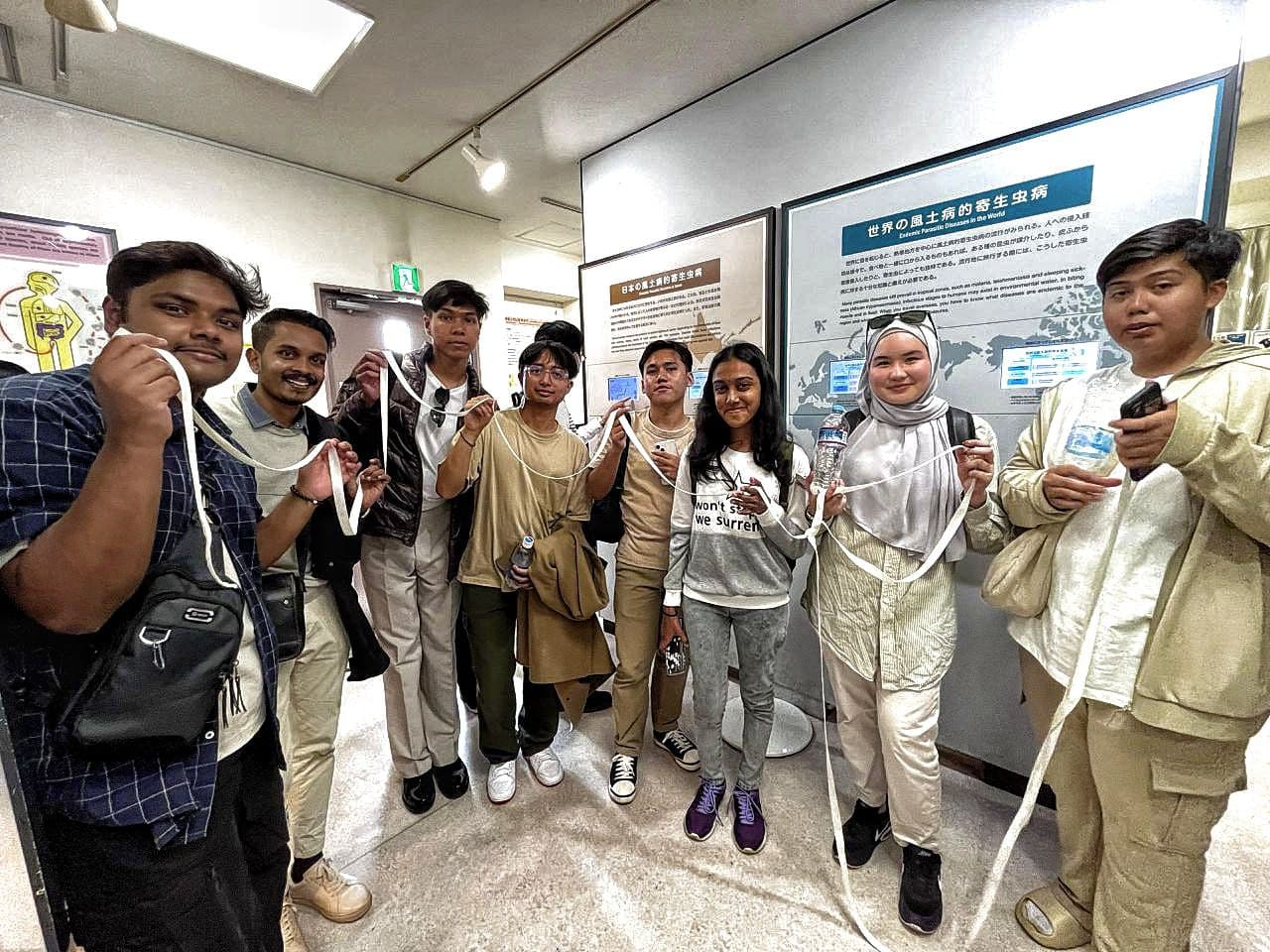
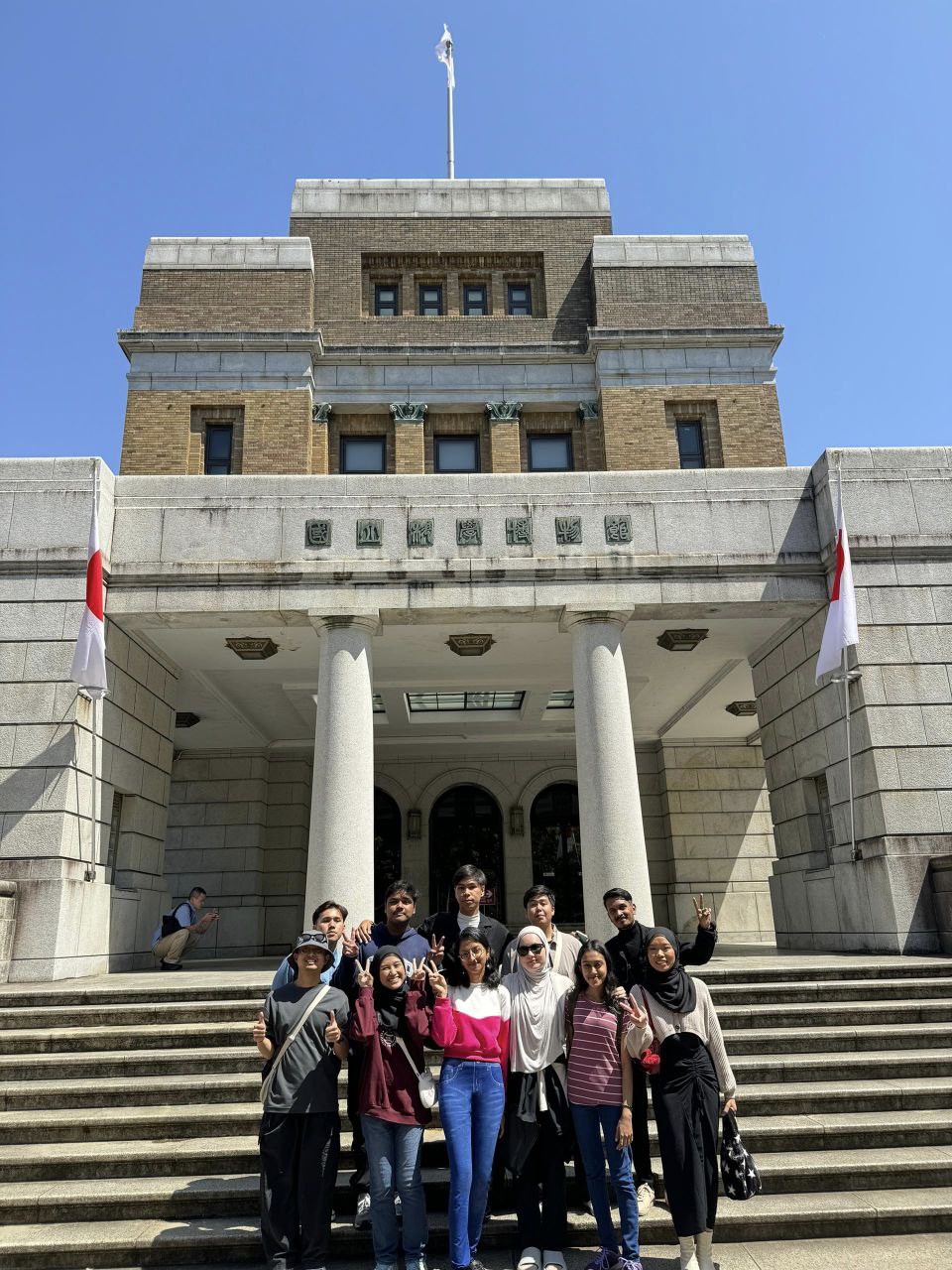
The visit to Osaka also included the famous Osaka Castle. The main tower, an impressive structure, was explored. Inside, a museum displayed the legacy of Toyotomi Hideyoshi, the original builder of the castle in the late 16th century. The exhibits featured artifacts, armor, weapons and dioramas depicting historical events related to the castle. The viewing platform at the top of the hill offers a breathtaking panoramic view of the city of Osaka. Tennoji Zoo, an 11-hectare site in Tennōji Park, was also visited. Founded in 1915, the zoo is home to around 1,000 animals from 180 species – from lions and chimpanzees to the popular polar bears and the unique kiwi, New Zealand’s national bird, which can only be found at this zoo. Finally, a visit to the Osaka Museum of Natural History offered an insight into the diverse wildlife and nature that is commonplace in Osaka. It served as a starting point for exploring and comparing the similarities and differences between the visitor’s familiar nature and Osaka’s unique environment.
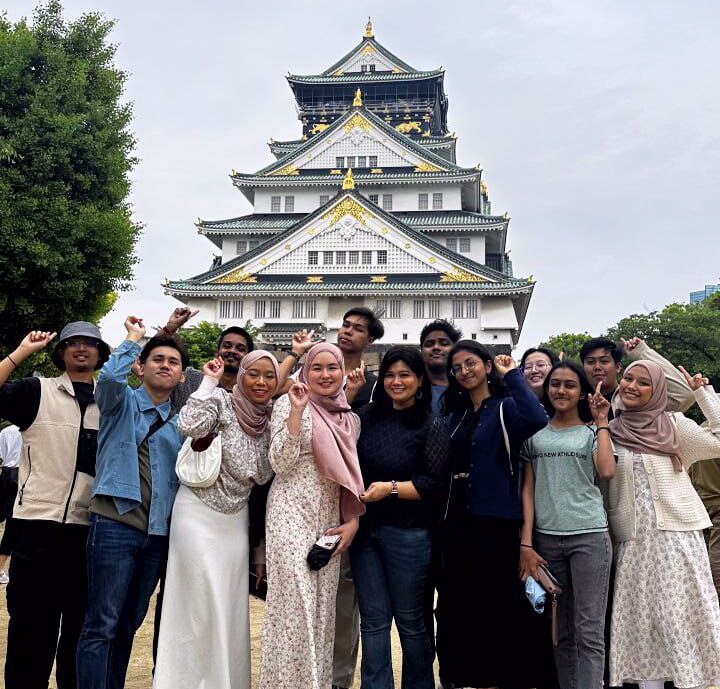
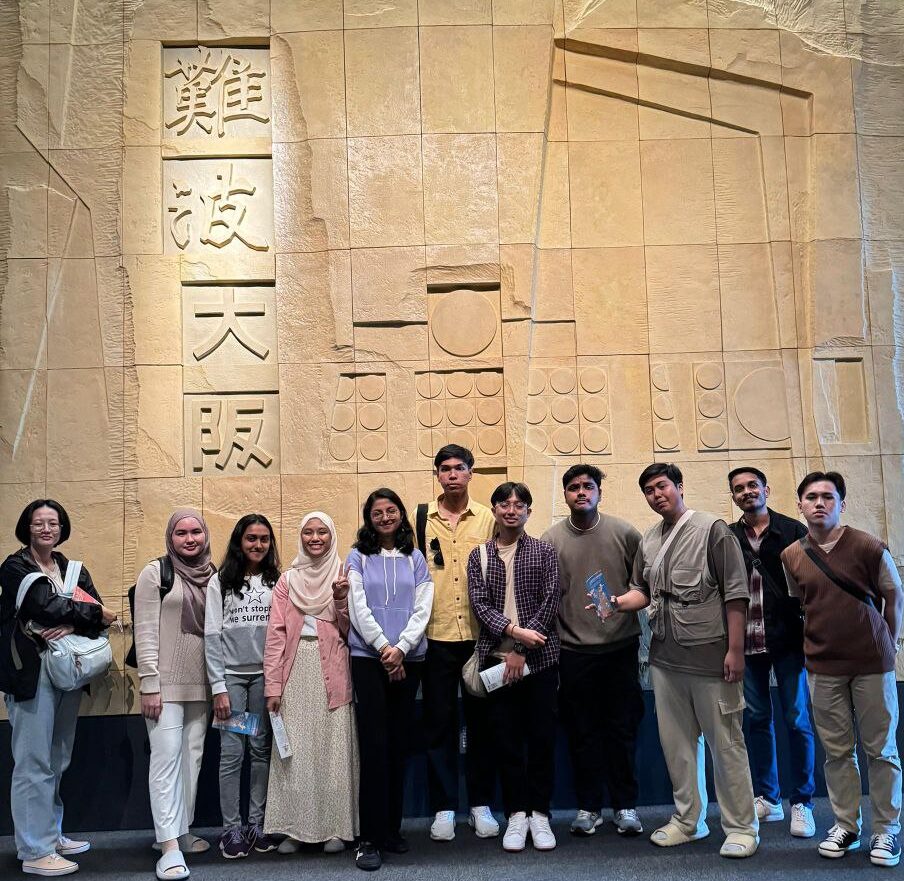

The students also had the privilege of visiting Osaka University’s Graduate School of Engineering Science (KISOKO). The visit included an exchange of ideas that provided valuable insights into the Japanese education system and promoted cultural understanding. In addition, the comparative benchmarking of educational practices in Japan and Malaysia enabled students to recognize the strengths and areas for improvement of both systems.

Upon arrival at Osaka University (OU), the team was warmly welcomed by Prof. S. Wada, Dean of KISOKO, Prof. H. Umakoshi, Vice Dean, and Prof. Mizugaki. The UTM representatives emphasized the commitment of the Department of Biological Sciences and the Symbiosis Club to student development, including annual programs such as the Bionight Dinner and the Bio Outdoor Survival Camp. Prof. Umakoshi provided insights into OU’s Engineering Science Department, which focuses on interdisciplinary research in biotechnology and materials science, such as their latest projects on the development and use of liposomes focused on application in drug delivery systems. This introductory event set the tone for the day’s collaboration and allowed both universities to appreciate the unique strengths and opportunities each has to offer. There were also lectures and discussion sessions with postgraduate students, allowing for the exchange of ideas and learning about their latest findings and projects. Laboratory sessions provided hands-on experience and insight into experimental set-ups and analytical devices. The visit also included a traditional cultural performance and a local dining session to exchange cultural heritage and celebrate collaboration.
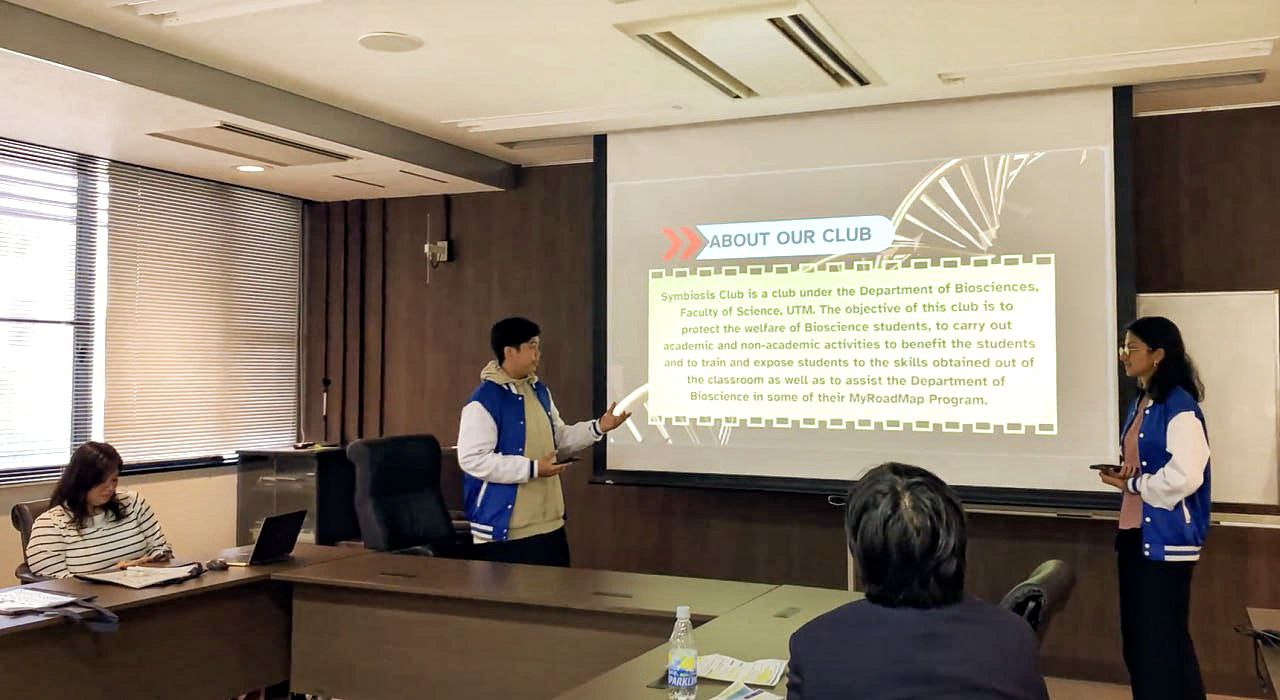
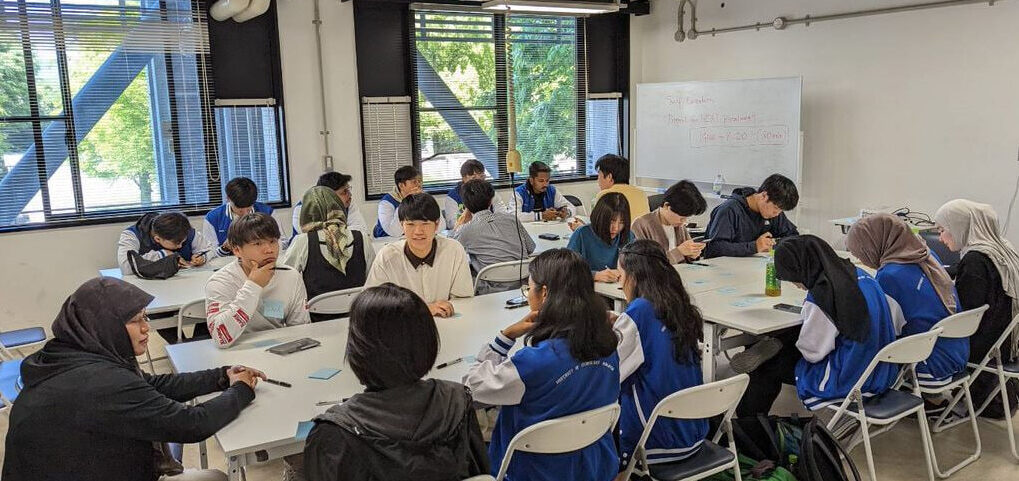
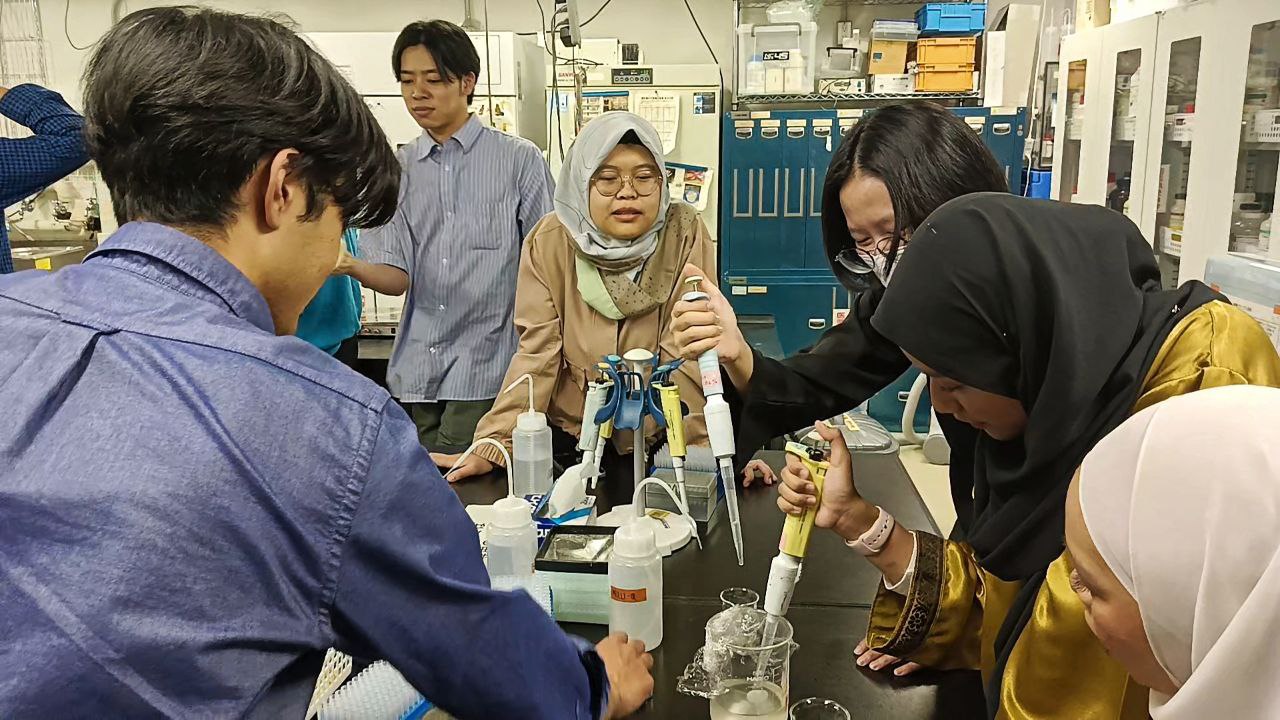
Bridging Borders: UTM-OU Japan Culture and Bio-Discovery was more than just a trip; it was a transformative experience in which the program equipped participants with the knowledge, skills and cultural understanding necessary to become future leaders in the field of biosciences.
This program was a testament to UTM’s commitment to global engagement and academic excellence. Through immersion in Japanese culture and advanced biological research, participants returned with enriched perspectives and a deeper appreciation for international collaboration. This program marked a milestone in the students’ academic and personal development, fostering lasting relationships and paving the way for future collaborations between UTM and institutions worldwide. By fostering international connections and promoting academic exchange, this program paves the way for a brighter future of collaboration between UTM and Japan’s prestigious institutions.
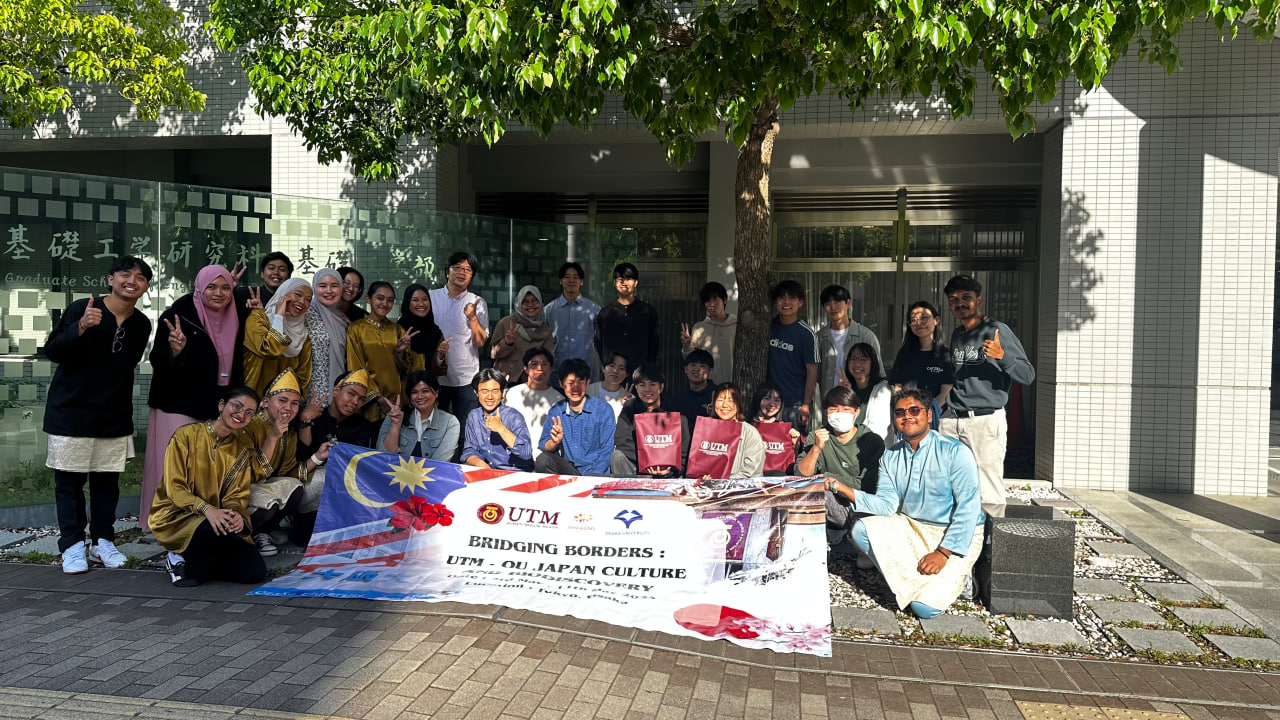
By: Lishalini a/p R. Baskaran, Muhammad Danish Mirza bin Muhammad Ali Reza


